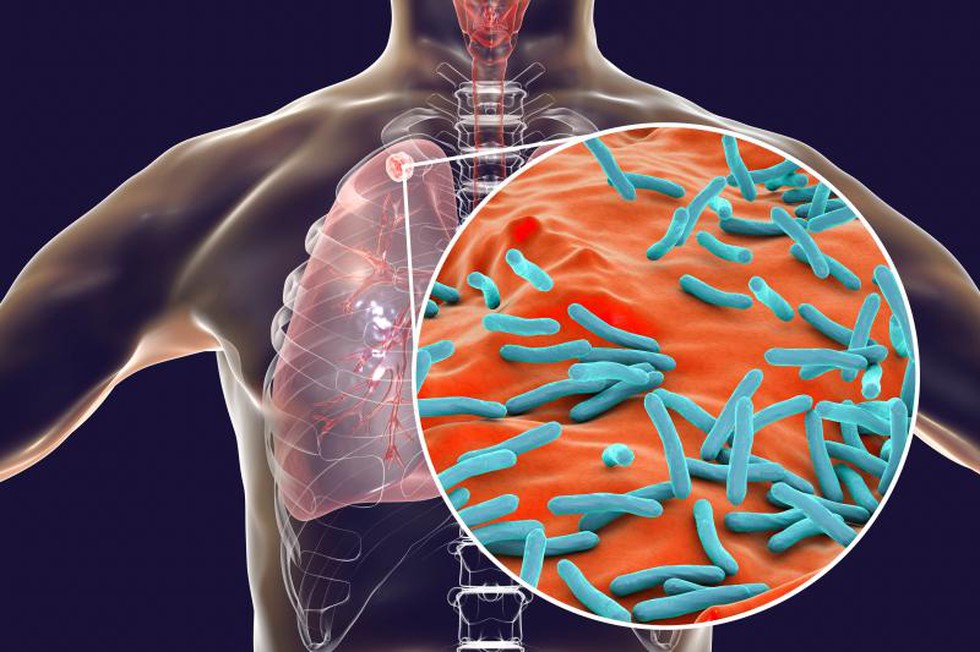The health ministry has approved the introduction of the BPaLM regimen, a novel treatment for Multidrug-Resistant Tuberculosis (MDR-TB), as part of the National TB Elimination Program (NTEP). This innovative treatment is set to revolutionize how MDR-TB is treated in India.
Shorter Treatment Duration
- Traditional MDR-TB treatments typically last up to 20 months and often come with severe side effects.
- In contrast, the BPaLM regimen offers a significantly shorter treatment duration of just six months, with a high success rate.
Improved Accessibility for Patients
- India has approximately 75,000 drug-resistant TB patients, who will now have access to this shorter and more efficient treatment regimen.
- The introduction of BPaLM is expected to improve treatment adherence and outcomes due to reduced side effects and shorter treatment duration.
Cost-Effective Treatment
- The health ministry noted that the introduction of the BPaLM regimen will lead to an overall reduction in treatment costs, making it a more affordable option for patients and the healthcare system.
Components of the BPaLM Regimen
- The BPaLM regimen includes a combination of drugs: Pretomanid, Bedaquiline, and Linezolid, with or without Moxifloxacin.
- Pretomanid, a new anti-TB drug, has been approved for use in India by the Central Drugs Standard Control Organisation (CDSCO).
Safety and Efficacy of the BPaLM Regimen
- Government sources have confirmed that the drug combination has been proven to be safe, more effective, and a quicker treatment option compared to traditional MDR-TB treatments.
- A thorough review of evidence by in-country experts and a health technology assessment have ensured the safety and cost-effectiveness of this treatment option.
National Rollout of the BPaLM Regimen
- A nationwide, time-bound rollout plan is being prepared by the central TB division in consultation with states and union territories (UTs).
- This rollout will include extensive capacity-building programs for health professionals to ensure the safe and effective administration of the new treatment regimen.
India’s TB Burden and National Strategic Plan
- India contributes approximately one-fourth of the global TB cases, with around 25 lakh cases out of 1.05 crore worldwide.
- To address this public health challenge, India developed a national strategic plan focusing on:
- Early diagnosis of TB patients.
- Prompt treatment with quality-assured drugs and treatment regimens.
- Patient support systems to promote adherence.
Despite some initial successes, the program is currently facing challenges, which is why the government is looking at newer strategies such as the introduction of the BPaLM regimen.
Multiple-Choice Questions (MCQs):
- What is the primary benefit of the BPaLM regimen for MDR-TB?
a) Lower cost
b) Shorter treatment duration
c) Fewer side effects
d) All of the above
Answer: d) All of the above - Which new drug is included in the BPaLM regimen?
a) Isoniazid
b) Rifampicin
c) Pretomanid
d) Pyrazinamide
Answer: c) Pretomanid - How long does the BPaLM regimen take to cure MDR-TB?
a) 3 months
b) 6 months
c) 12 months
d) 20 months
Answer: b) 6 months - Who has approved the use of Pretomanid in India?
a) Indian Medical Association
b) World Health Organization
c) Central Drugs Standard Control Organisation (CDSCO)
d) Ministry of Health
Answer: c) Central Drugs Standard Control Organisation (CDSCO) - What percentage of global TB cases does India contribute?
a) 10%
b) 25%
c) 50%
d) 75%
Answer: b) 25%
